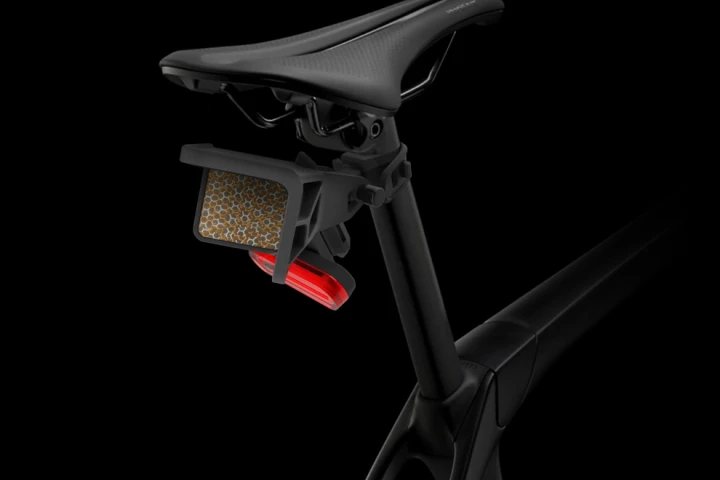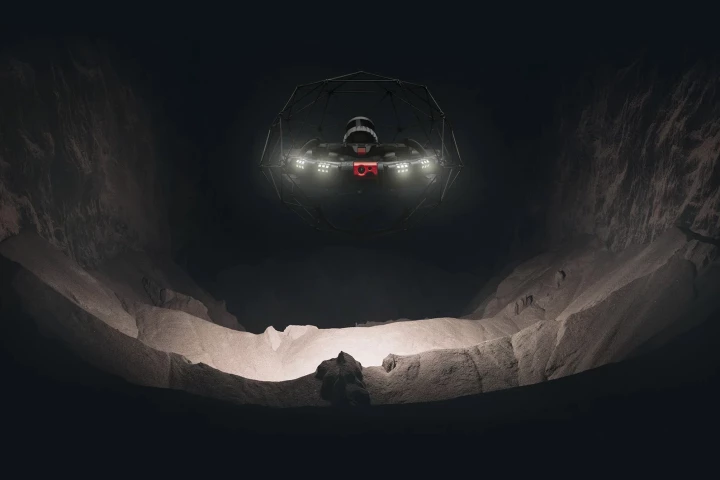LIDAR
-
While we may still not have flying cars, robot butlers or food replicators in our possession, you can now order something else you may have long dreamt of. It's called the Photon Matrix, and it uses lasers to track and kill airborne mosquitoes.
-
While in-vehicle collision avoidance systems may be good at detecting big targets like automobiles, they're not as adept at detecting bicycles. Radian's Wingman was designed to address that problem, by boosting bikes' radar and LiDAR visibility.
-
If you're tired of using a boring ol' remote for controlling your devices, you might like the CenWatch. It's a smartwatch that scans the underside of your hand, allowing you to make multiple commands via simple midair hand gestures.
-
The latest in crazy impressive drone technology isn't from DJI (or "research drones" approved by the FAA). It's called the "safety-assured high-speed aerial robot," also known as SUPER. Check out what actually makes it super.
-
Sony's foray into electric cars, the Afeela 1, is now available to pre-order. Bookings are open in California, with the Origin trim starting at $89,900, and the Signature trim at $102,900. Expect a great cabin experience and driving assistance.
-
Researchers have created a device that uses photonic radar to remotely and accurately monitor breathing, even distinguishing between more than one patient. The device might one day be used in hospitals, aged care facilities, prisons, and at home.
-
Taking 3D images underwater is tricky due to inconsistent lighting conditions and particles in the water that cause distortion. Researchers have created a novel prototype system that uses quantum technology and LiDAR to overcome these difficulties.
-
A research team from the UK's Nottingham Trent University, the Australian National University and the University of New South Wales Canberra has developed a display prototype that could replace the LCD panels common to many of today's big-screen TVs.
-
Researchers have developed an ultra-small, ultra-thin LiDAR device that splits a single laser beam into 10,000 points covering an unprecedented 180° field of view. It's capable of 3D depth-mapping an entire hemisphere of vision in a single shot.
-
Mapping the inside of cramped, difficult-to-reach areas can be helpful to people such as plant operators, but drones flown in such places could easily crash. The LiDAR- and cage-equipped Elios 3 quadcopter was designed with that challenge in mind.
-
A landmark study is reporting the discovery of nearly 500 ancient monuments in Mexico using airborne laser mapping. The newly discovered sites are thought to date back at least 2,500 years, in between the Olmec and Maya civilizations.
-
DJI is bringing its stabilization know-how to cinematic content creation with the launch of the Ronin 4D system, which rolls a new full-frame gimbal camera, 4-axis stabilization, a LiDAR focusing, and video transmission/control into a single package.
Load More











